Beauty News, Nadine Artemis (Living Libations)
Embracing the sun with Wisdom
Picture this: You’re at your doctor’s appointment, and surprisingly, you receive the advice to bask under the sun, unblocked, as a means to maintain your skin’s health and radiance…
“In the embrace of sun and air, the skin transforms into a velvety, resilient organ, untouched by the woes of acne, impervious to infection. Sunshine, in its brilliance, is the ultimate cosmetic. A sun-kissed skin evolves into a surface that is both robust yet delicately soft. Sun exposure stimulates the skin, smoothing away wrinkles and bestowing an enviable glow. Beauty is its aftermath.”
Such unexpected counsel was offered by a British doctor in 1929 in his book ‘Sunlight and Health’. Nowadays, most physicians and skin experts lament the dangers of UV rays, and health campaigns promote sun avoidance. We are cautioned against even brief exposures, like the walk from the parking lot to the shopping center. As we have evolved, so has our relationship with the sun. In a quest for flawless, youthful skin, we now dodge the sun, resorting to facial fillers, acne treatments, and DNA-damaging fake tans.
We’ve been coerced into a sunlight-deficient lifestyle. Undoubtedly, our skin can suffer from sunburn, and repeated sunburns can lead to noticeable damage. However, our relationship with the sun need not be absolute – it’s neither “all or none”. With wisdom, we can foster a healthy and joyous bond with our ancient ally, the sun.
Let’s explore the ideal practices for smart sun interactions.
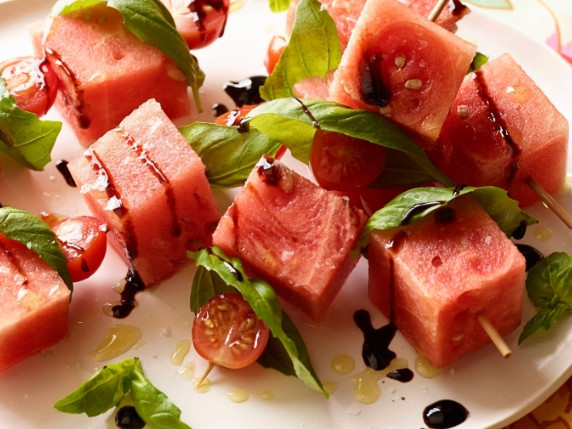
1.
How we nourish ourselves influences how our skin reacts to sunlight. Our skin cells need to be fortified and hydrated from within through wholesome food and water, enabling us to wholly benefit from our interaction with the sun. Well-nourished skin better withstands sunlight, and food ripened in the sun is more nourishing. We can bolster our internal SPF through a colorful diet rich in antioxidants, consisting of sun-grown Super Power Foods, herbs, and succulent fats loaded with nutrients, all of which contribute to our internal sunblock.
Summer invites us to delight in sun-ripened fruits, vegetables, and herbs that build our internal SPF. UK researchers, for instance, demonstrated a 30% increase in sun protection after a diet rich in tomatoes, attributing the benefit to 16mg of lycopene, the red antioxidant in tomatoes. Other SPF foods include watermelon, green tea, turmeric, colored peppers, and berries.
Don’t forget to indulge in chocolate! Pure, unrefined, and unaltered chocolate has four times the amount of phenols and catechins as teas, and these compounds shield the skin against sunburn.
Several skin issues dubbed “sun damage” are actually a result of malnutrition. Our standard diet, loaded with processed foods created under the cloak of pesticides and factory farming, spells the recipe for wrinkles and dark spots. The widespread use of polyunsaturated fatty acids found in virtually every processed food item disrupts intercellular communication, suppresses immune functions, damages our DNA, and is associated with wrinkles and hyperpigmentation.
This marks the distinction between using PAM and coconut oil for cooking. Organic, healthy fats and essential fatty acids, severely deficient in the North American diet, are critical to enhancing the benefits of sun exposure. Cold-water fish, meat, and dairy from grass-fed animals, and nuts, along with coconut and olive oils, are excellent sources of dietary fats.
2.
Rejuvenate your skin’s resilience. The skin’s outer layer is coated with a thin layer of oils that provide natural anti-bacterial, anti-wrinkle, and sunscreen protection. Soaps, scrubs, chemical peels, and synthetic moisturizers damage this layer. (They also disrupt vitamin D production.) Replenishing the skin with essential oil serums and botanical oils, along with dry brushing, revives the skin’s top layer, supports collagen, and strengthens the skin’s immunity.
Khalil Gibran advises, “Be like a flower and turn your face to the sun.”
3.
Practice smart sunbathing. Begin gradually, and start in the spring to develop a protective tan through phased exposure. The tanned-skin pigment, melanin, produced in spring prevents sunburn in the summer. Melanin is our natural photoprotective mechanism designed to sustain our relationship with the sun. It transforms 99.9% of absorbed UV radiation into heat that can be easily dissipated, allowing us to avoid radiation damage that can harm cells. Far more effective than sunscreen, melanin remains in our skin long after sunset.
Two reasons to avoid synthetic sunscreens include:
Synthetic sunscreens create a deceptive sense of security by disabling our skin’s early warning system, the sunburn, which prevents us from overindulging in sun exposure. Most sunscreens block only UVB rays, which cause sunburn, but not UVA rays. In the long run, synthetic sunscreen wearers unknowingly expose their skin to UV radiation, missing out on the benefits of sun exposure…
Sunscreen blocks the UVB rays we need for vitamin D production. The sun’s interaction with our skin activates our bodies’ production of vitamin D, akin to photosynthesis in humans. North America is witnessing a soaring rate of vitamin D deficiency — over 75% — and research ties a host of escalating health problems, including heart disease, osteoporosis, juvenile diabetes, MS, and cancer, to the epidemic of D depletion.
Morning to solar-noon is the best time for sunbathing. Expose as much skin as you dare. Your dose depends on your skin condition and your natural pigmentation. Pay attention to your innate warning system; if your skin starts to feel warm, seek shade. Start with a few minutes per day and increase over time. And don’t forget to flip!
4.
Botanical oils extend and enhance your sun exposure. Plants also require a judicious relationship with the sun. Nearly all plant oils offer some degree of UV protection to their tissues – and ours. Officially, the term SPF is restricted to synthetic sunscreen ingredients, but plant oils offer a range of protection that can extend our time in the sun graciously. Plant oils from virgin coconut, jojoba, olive, and seabuckthorn applied to the skin provide a degree of sun protection. Raspberry seed oil has shown potential as a broad-range sun protector. Under a spectrometer, it absorbs UVB and UVC rays while scattering UVA, potentially providing an equivalent of SPF-25.
Essential oils, the plant distillates, are particularly proficient at harmonizing the sun’s rays with our skin. Rich in antioxidants and cell regenerative activity, they nourish and heal the skin:
In case of sunburn, a blend of aloe with a drop or two of peppermint, lavender, or seabuckthorn provides soothing relief and accelerates healing. Geranium, frankincense, and sandalwood essential oils are fantastic skin-sun harmonizing oils. These oils, along with rose, can improve the appearance of hyperpigmentation.
To help us enjoy the sun, we formulated an organic elixir of plant oils as a cooling canopy and deep drink for our skin; ‘Everybody Loves the Sunshine‘ uses rich oils from desert jojoba, virgin coco-creme, red raspberry seed oil, seabuckthorn berry oil, tamanu berry, and essential oils of schizandra berry, immortelle, carrot seed, rose-otto, Cape chamomile, frankincense, sandalwood, ginger, lavender, turmeric, calendula, and palmarosa. This lovely formula harmonizes your skin with the sun.
For extended hours in the sun that exceed your natural melanin protection and plant oil safeguard, wear a hat and cover skin with clothing. Or, use a natural sunblock with zinc oxide, like ‘Everybody Loves the Sunshine with Zinc‘. Uncoated zinc oxide effectively blocks the sun’s rays – and unlike the white stuff on lifeguards’ noses, it doesn’t leave your skin white.
Spraying a 10% solution of pure vitamin C powder with water on exposed skin may also enhance the skin’s sun tolerance. Allow it to soak in, and re-spray once more before sun exposure.
5.
Wear sunglasses sparingly. Our eyes also need sunlight. Sunlight in the eyes is the most direct path of communication between the sun and our brains, essential for our health and mood. When the full spectrum of light rays intercepts the retina, it is encoded positively in the brain, setting in motion beneficial hormones and neurochemicals that help us stay happy and healthy. This process occurs even if we’re in the shade, but not when we’re wearing shades.
Blue light, a part of the sunlight spectrum, is absorbed by the lens at the back of the eye, stimulating the suprachiasmatic nucleus (the body’s master clock) in the hypothalamus and the pineal gland. This synchronization prompts the production and release of neural and hormonal messengers, including melatonin. Known primarily as the circadian rhythm hormone that regulates sleep-wake cycles, melatonin also boosts the immune system, protects nuclear and mitochondrial DNA, delays neuro-degeneration, and serves as a potent anti-aging antioxidant. Sunglasses and indoor lifestyles block blue light reception and reduce our nightly dose of melatonin.
As we age, our photoreceptive lens starts to cloud, reducing full absorption of the needed blue light. This can lead to confusion in our biological clock and underproduction of hormones, like melatonin, and neurochemicals. At 45 years old, our lenses absorb only half of the blue light compared to a child’s lenses. The lenses of the elderly often become opaque, potentially explaining why sleep problems, immune issues, and certain mood disorders, like depression, increase with age. As you age, spend more time outside to maximize the sun’s benefits and improve your sleep.
Children also need sunlight, as natural light is crucial for healthy eye development. Research shows that spending three hours a day in natural light reduces the risk of nearsightedness in children. Sunlight triggers dopamine production in the eye, stimulating normal growth.

Nadine Artemis
Founder Living Libations
Safe sun gazing, an ancient practice, can fulfill our eyes’ need for sunlight. Acclimatize the eyes to sunlight gradually by enjoying the gentle rays of sunrise and sunset.
Celebrate the warm sunshine, allowing the elements to nourish your skin and spirit. Engage it gracefully. Approach it with self-understanding, wisdom, and a well-nourished body, and all will be well.
We are grateful to the Sun, which, by a fortunate chance, is in the perfect place in the universe.
Product recommendations for this article:
-
Everybody Loves The Sunshine: This artisan serum is created with harmonious, high-quality botanicals. Its oils protect and nourish the skin. It’s ideal to use while you enjoy the sun and after sun-soaked reverie.
-
Everybody Loves The Sunshine with Zinc: This product offers all the benefits of the original ‘Everybody Loves the Sunshine’ with the added protection of uncoated zinc oxide. It’s perfect for those spending longer periods in direct sunlight.
-
Rose Glow Serum: This serum is formulated to restore, rejuvenate, and replenish skin. It can help maintain healthy skin, making it more resilient and less prone to sun damage.
-
Seabuckthorn Best Skin Ever: This all-in-one cleanser, exfoliator, and moisturizer is packed with omega fatty acids, vitamins, lipids, and hundreds of bioactive compounds, making it beneficial for maintaining the health and vitality of the skin under the sun.
-
Maiden Fern Blushing Balm: This balm can help improve the appearance of hyperpigmentation, as mentioned above. It helps to create a natural, sun-kissed look while simultaneously infusing the skin with beneficial botanicals.
-
Zippity DewDab: For people dealing with hyperpigmentation or spots from previous sun damage, this neat little spot treatment can come in handy.
-
Sundew Transdermal Vitamin D Crème: This cream could be a great addition for those with limited sun exposure or during colder months when sun exposure is reduced. It offers a supplemental source of Vitamin D, which is critical for many aspects of health.
Remember that while these products are wonderful, they’re part of an overall approach to sun safety that includes time in the shade and wearing protective clothing. These products should not replace traditional sun protection measures in high UV index situations, but they can definitely complement a holistic approach to sun care.
More Articles from Living Libations




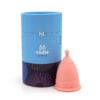
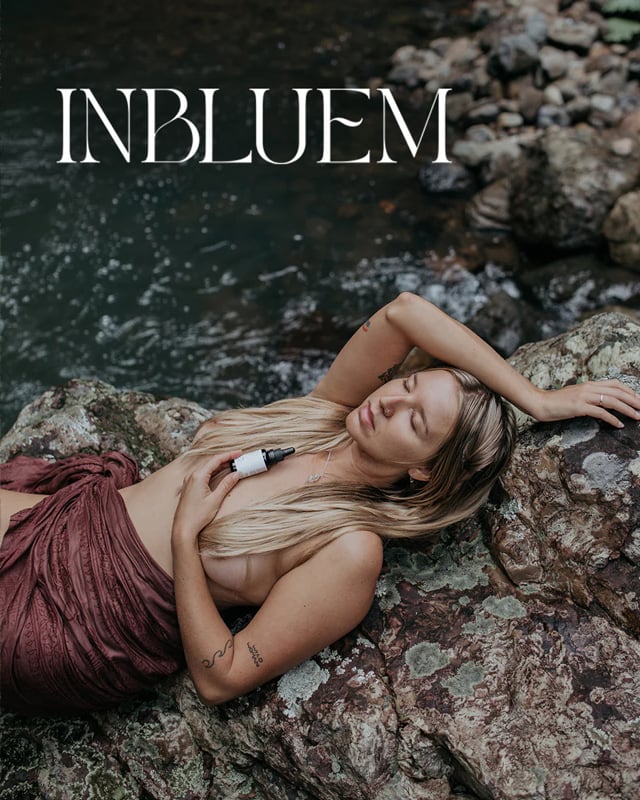


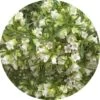


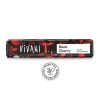

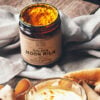





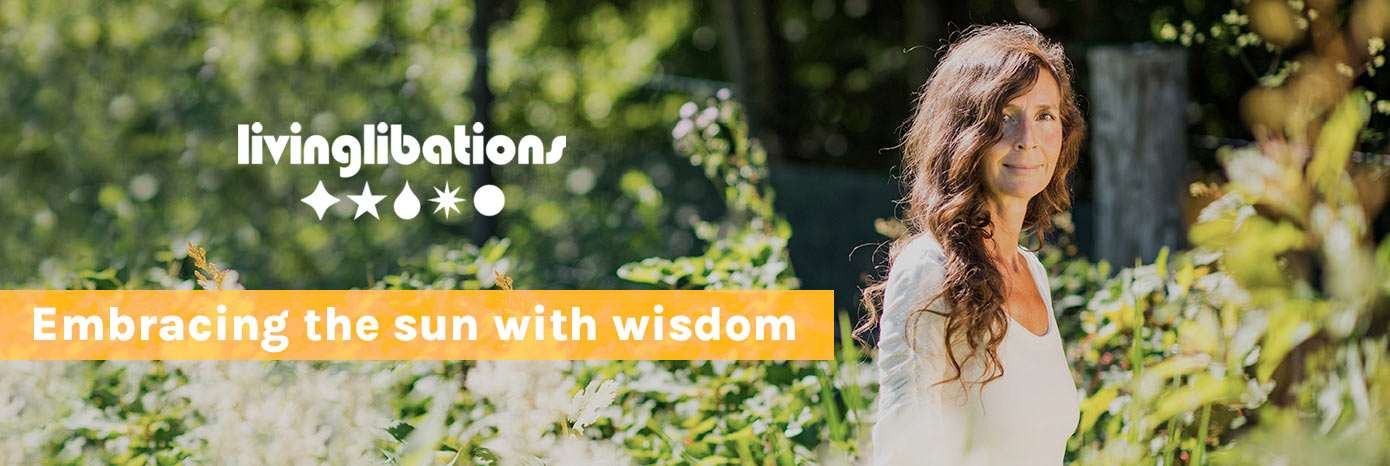

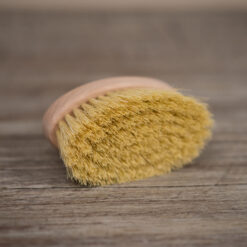
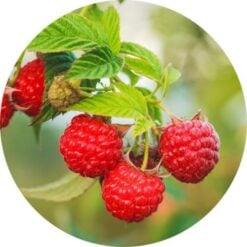
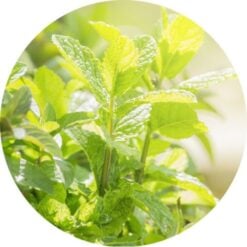
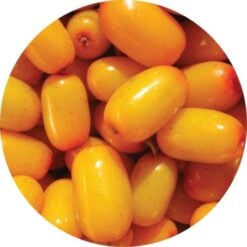








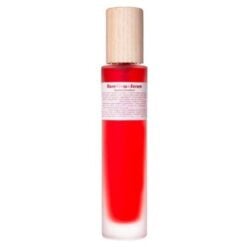
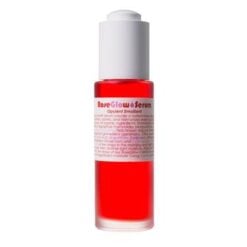


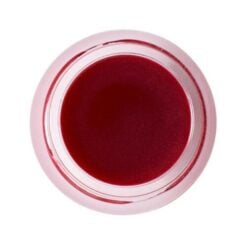
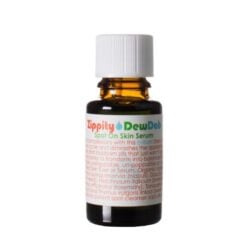
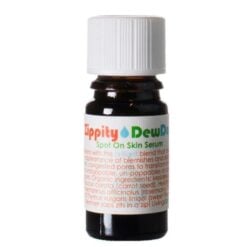



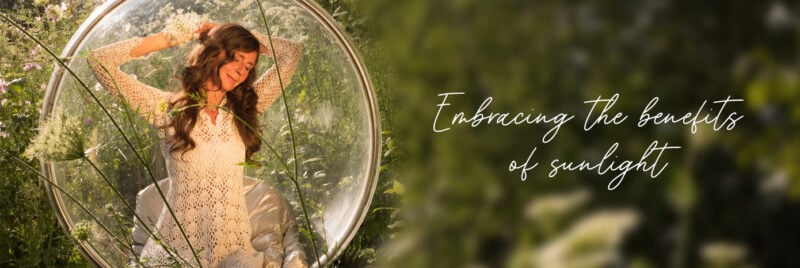

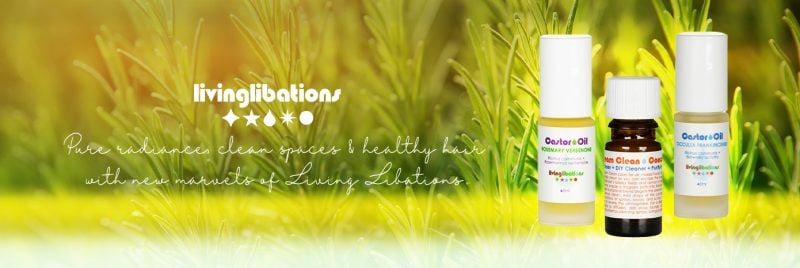




 Beauty Products
Beauty Products By Skintype
By Skintype Brands A-Z
Brands A-Z Wellness
Wellness Health / Nutrition
Health / Nutrition